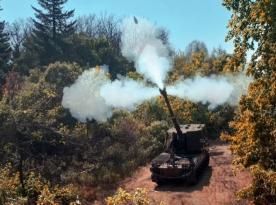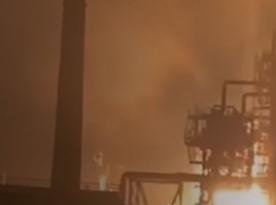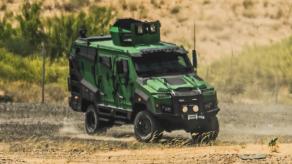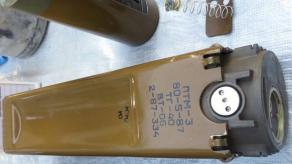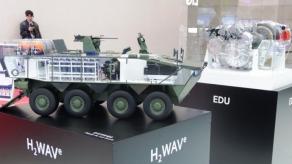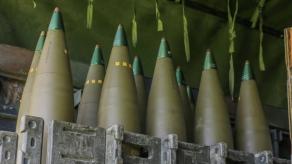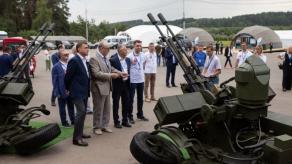When we talk about Ukrainian air defense taking down russian missiles, many people try to count them up in terms of money and represent the result, lets’ say, today a $400-600 worth of missiles was taken down. The trend was launched by Ukrainian Forbes edition, that uses the following evaluations:
- Kh-101 – 13 million USD
- Kalibr – 6.5 mln
- Iskander (without specification of the type) – 3 mln
- Oniks – 1.25 mln
- Kh-22 – 1 mln
- Tochka-U – 0.3 mln
On the part of Defense Express, we’d like to avoid engaging in an indirect discussion with our colleagues, but that data has gone viral throughout other media outlets and some public figures, sometimes without mentioning the source, thus we should bring in a point to consider.
Read more: How Many Years russia Needs to Restore Stocks of Missiles - Named the date
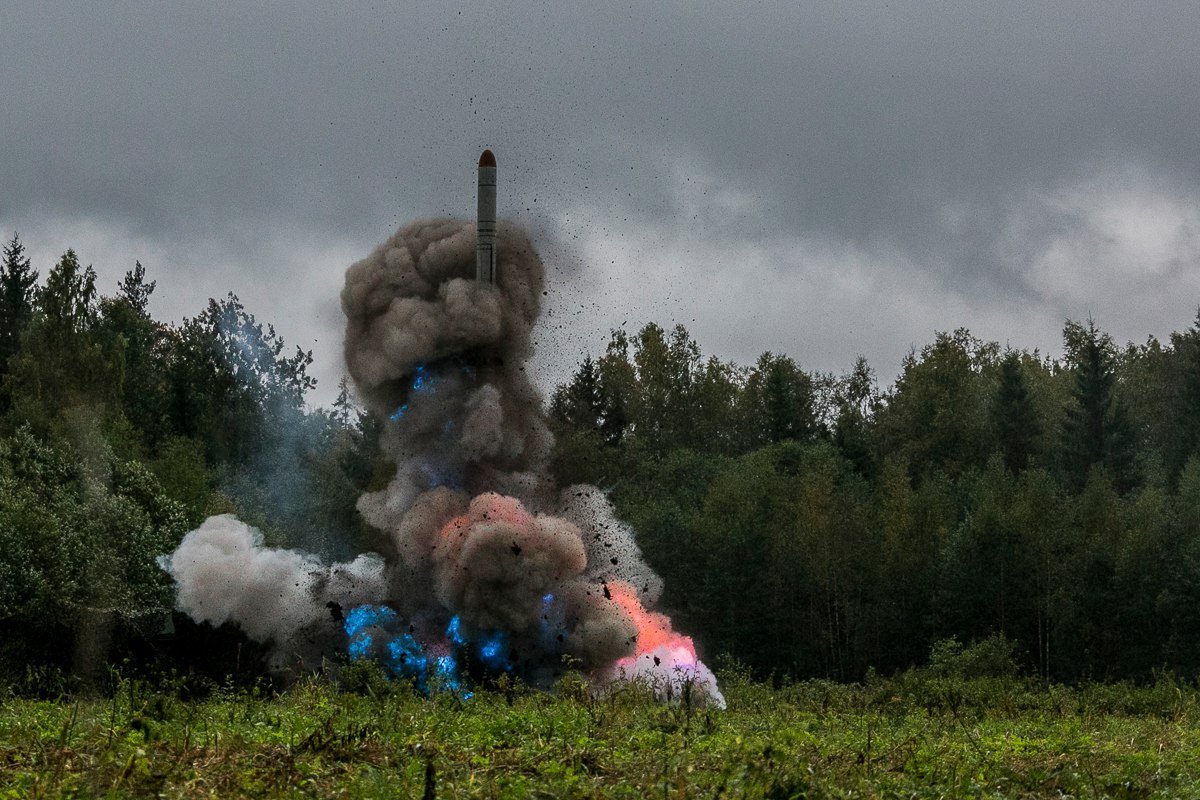
The problem with Forbes’ evaluation is that it doesn’t mention the method for estimating the cost. The only figure known for sure where it comes from is the "cost" of a "Kalibr" cruise missile – 6.5 million US dollars per unit. Most likely, the information comes from the India-russia 2006 contract on the purchase of 28 Klub-S 3M-14E missiles (export version of the "Kalibr") worth $184 million. This way, a single unit should cost 6.5 million.
However, the contract includes not only the missiles themselves but related services as well. Moreover, the cost of this export contract depends on the "appetite" of the russian state "Rosoboronexport" and the extras charged from a foreign buyer. We already covered how this approach already led to russia gradually losing its leading positions on the world arms market.
Back to the point, when it comes to the production of missiles for the russian defense ministry, the outcome will comprise the actual production cost, a relatively small and regulated income for the manufacturer and an additional (traditional) russian "corruption surcharge".
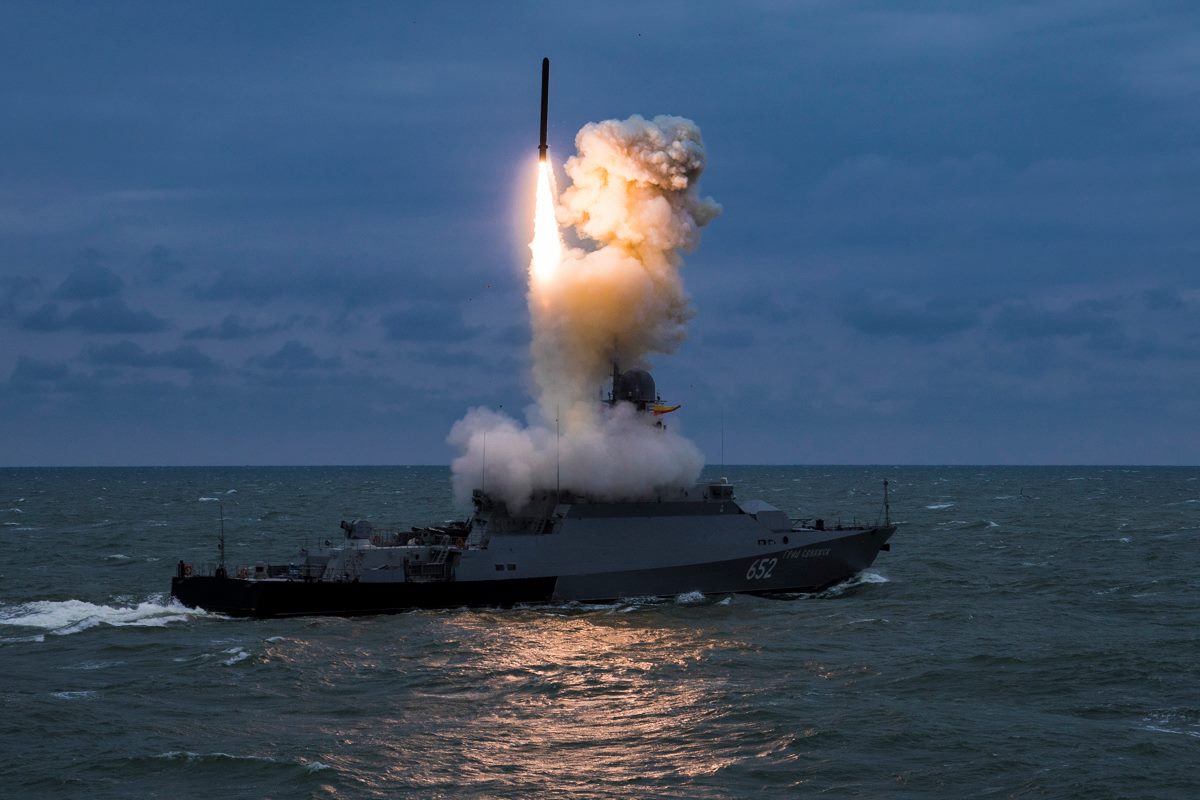
In other words, the real cost of a Kalibr is definitely not 6.5 mln per missile. But the figure has become a reference point for the evaluation of a Kh-101 cost, which is said to be 13 million USD. Presumably, journalists got this figure by multiplying the cost of Kalibr by two.
As for the Iskander missile which may refer either to the ballistic 9M723 or the cruise R-500, they came up with a price tag of $3 mln. Despite the fact that a modern ballistic missile would be much more expensive than any cruise missile because of costlier components and technologies involved in the production process.
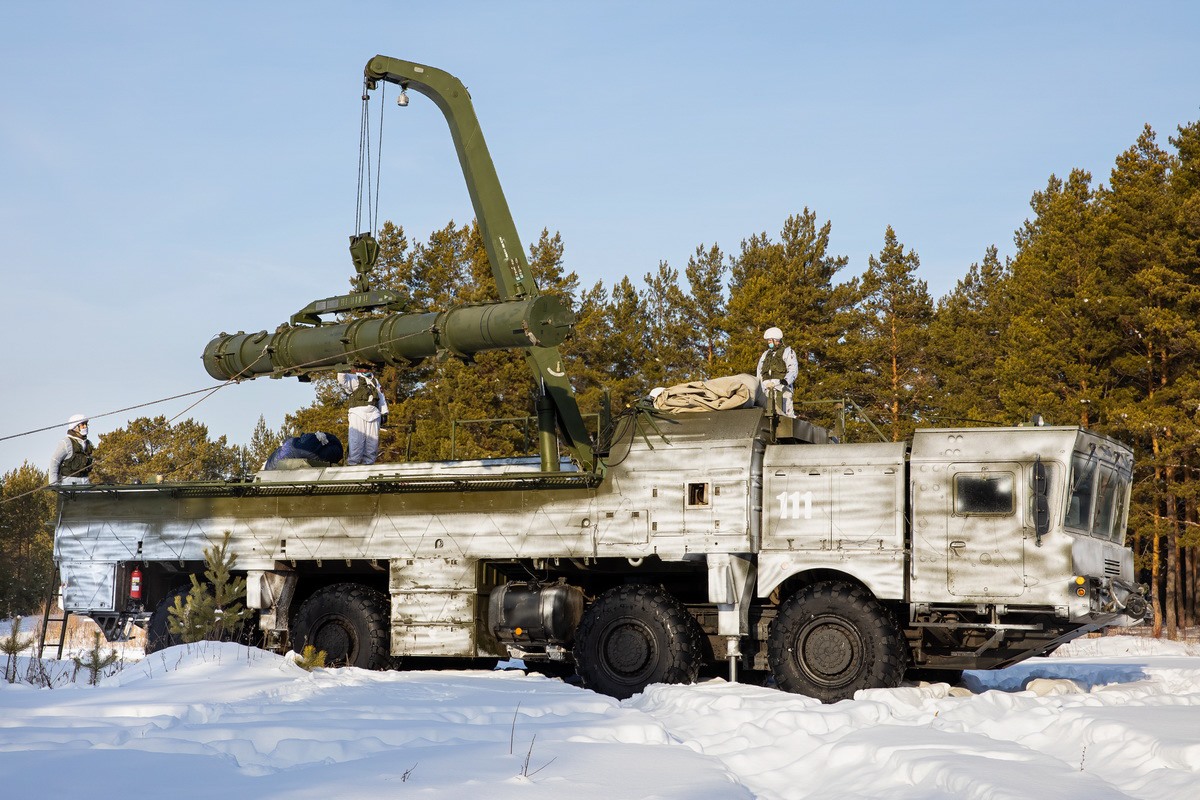
Now about the "Oniks". Media use the cost of $1.25 million, while ignoring that in India, its localized and updated version Brahmos costs $4.85 mln per missile. This is according to the Indian Business Standard newspaper who managed to take a photo of the contract signed this September.
Preliminary estimates say the older versions of Brahmos with a range of 300 km cost India $3.2 to $3.5 million per missile. This number looks more like an actual worth of a supersonic missile with an active homing head.

Kh-22 air-to-surface missile which was made from the late '60s or '70s till the end of production in around the late '80s is even more difficult to evaluate for certain. USSR’s planned economy, issues of conversion of Soviet rubles into dollars whilst taking into account inflation – all of that on top of the fact that even the approximate cost was never disclosed.

Finally, the $300,000 for a ballistic missile for the "Tochka-U" missile, which is roughly three Javelin missiles. If that was the case, Ukraine, which uses this system, too, would have already bought everything it could from its post-Soviet allies in the war against russia.

Indeed, the talk on costs for weapon systems, especially when russia keeps all the orders on military equipment classified, is beyond difficult. However, we can try and look at some of the corresponding weapon products with disclosed prices.
For example, the most modern Tomahawk missile in the Block V version in the U.S. Army costs $2 mln per unit in the 2022 fiscal year. Publicly available documents from the U.S. Marine Corps says just that.
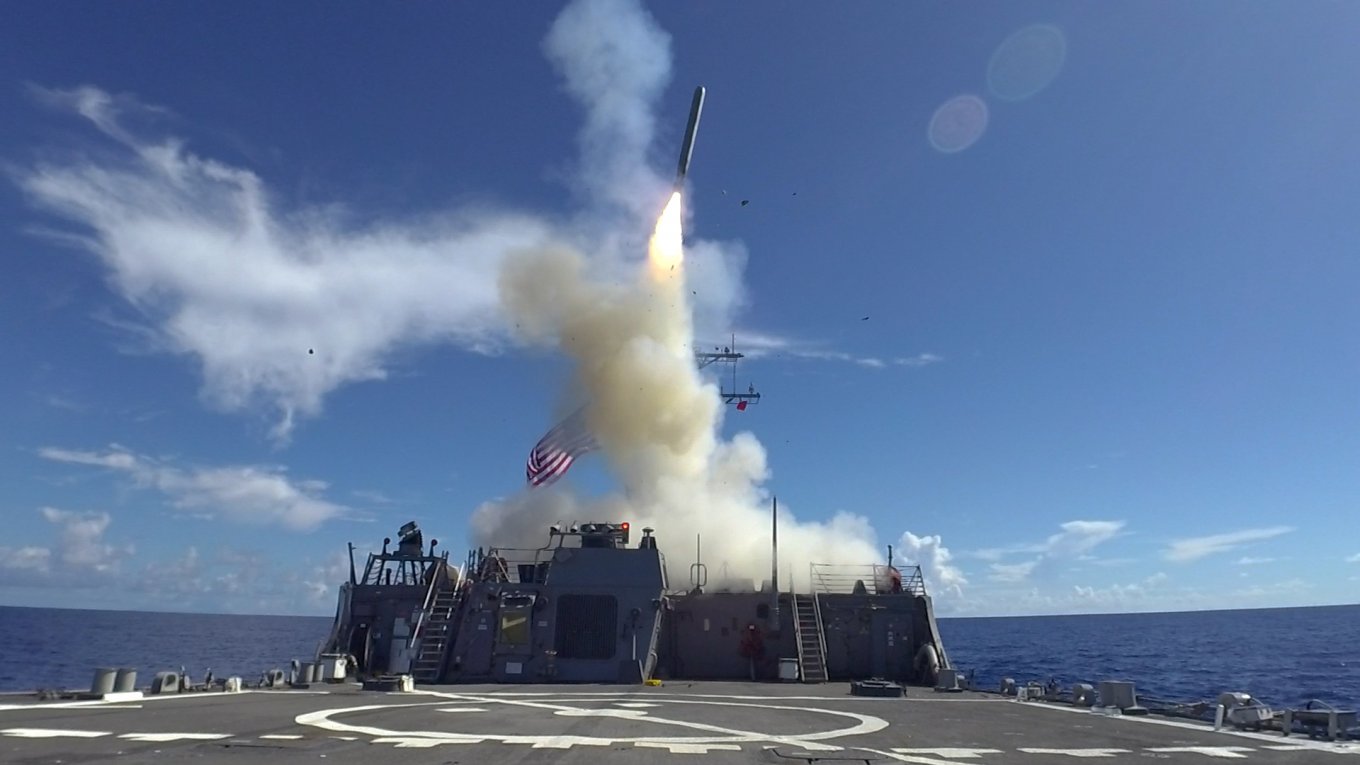
With that in mind, a Kalibr may cost $6.5 mln only in conditions of astronomical corruption inside the russian ministry of defense which is of course cannot be ruled out, but not enough reason to multiply the price tag by several times.
We should also consider that the Tomahawk’s cost of production is significantly higher than that one of a Kalibr. Now, as we keep all that in mind, we can cautiously assume that one such missile costs russian navy about $1 mln at most, or even less. In russia, local media usually stick to $300,000 or $350,000.
The same price could be applied to the R-500 missile for the Iskander system and the Kh-555 air-launched missile, considering the use of similar technologies and parts in production. A bit more expensive one should be the Kh-101 if we take into account the attempt to make it a "stealth missile".
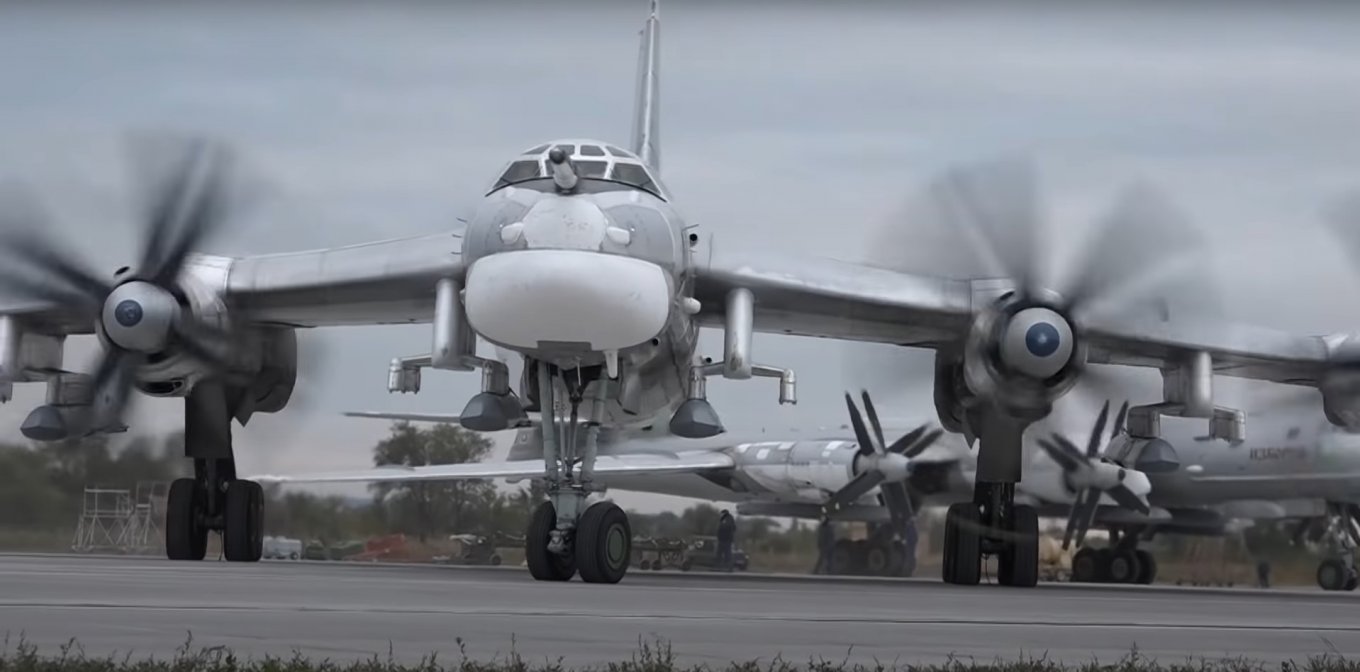
To deal with the 9M723 ballistic missile for the Iskander system, we can refer to the cost of an ATACMS missile for the family of American artillery rocket systems. For example, in 2012, the United States sold 70 M39 Block 1A missiles to Finland for $132 million, i.e. $1.88 million for one "conditional" missile. We say "conditional" because this contract also included additional services and profit from the export agreement.
Though worth mentioning, the same missile cost about $820,000 per unit for the U.S. Army back in the '90s. With inflation, it’s around $1.59 mln in 2022, but it does not represent the real contemporary value, as the technologies inside that missile were on the '90s level, and more importantly, such missiles are not in production anymore, replaced by more modern variants.
That is why we cannot simply compare the 9M723 for Iskander system with a less technologically advanced M39 ATACMS: greater range and additional systems make a difference. And the fact that the worth of export contracts to Armenia and Algeria were not disclosed, doesn’t help in the matter.
So just to be more familiar with the topic as we wait for detailed information, let’s assume the cost of a ballistic missile for Iskander is somewhere between 1.6 and 2 million USD, bearing in mind it could be higher for the version with a homing head.
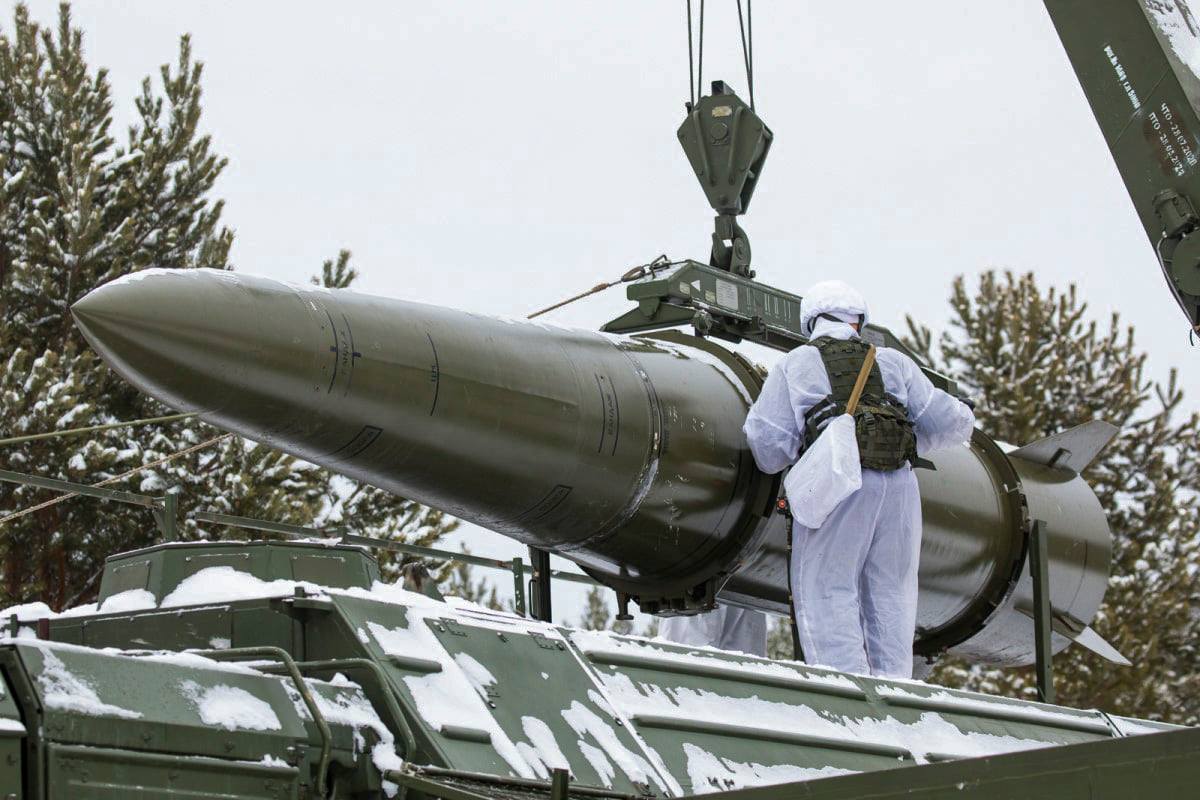
And this is how we get a picture, a purely presumable one, of the missiles’ price list for the russian ministry of defense:
- Kh-101 – approx. up to $1.2 mln
- "Kalibr" cruise missile – approx. up to $1 mln
- "Iskander", R-500 cruise – approx. up to $1 mln
- "Iskander", 9M723 ballistic – approx. up to $2 mln
- "Oniks" – approx. $3mln
However, the thing is, according to the new law, in the russian federation, the very notion of weapons cost was canceled in a way that the market economy implies. Now, russian defense ministry determines all the conditions of the contract, including the price. At the same time, the contractor cannot refuse to take such a contract, the penalty is 10 years of imprisonment.
Read more: SAMP/T Air Defense System For Ukraine: Why It Is the Best Option That Europe Can Deliver, Its Specifications And How It Works





